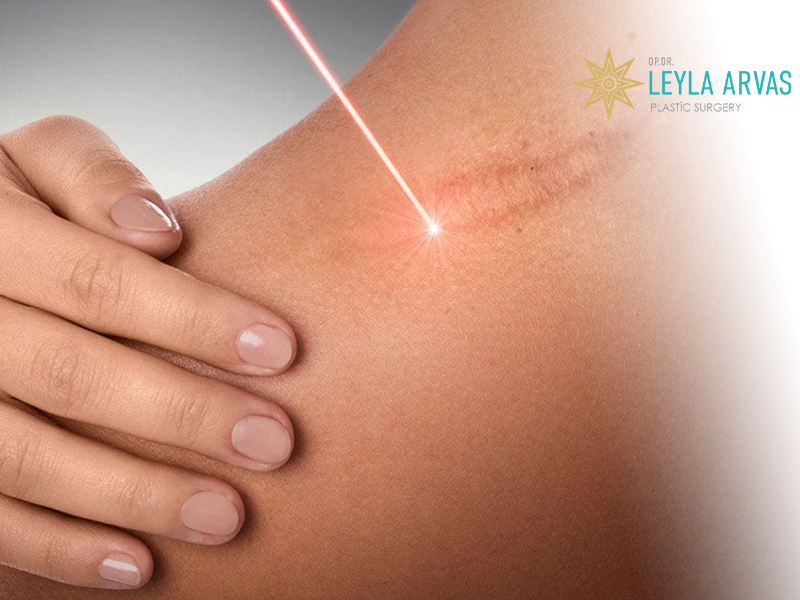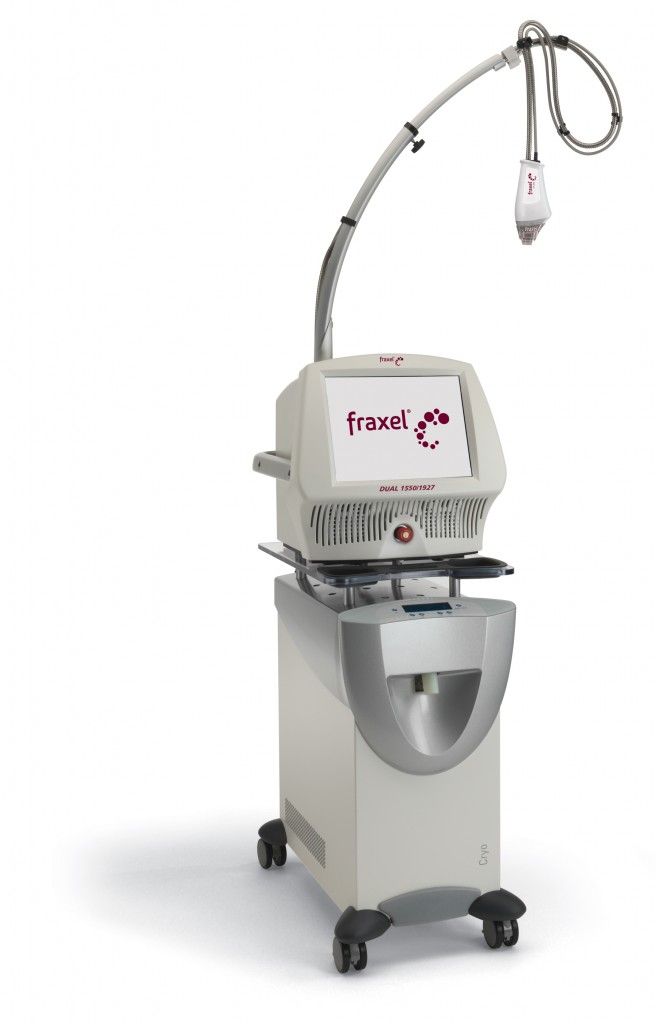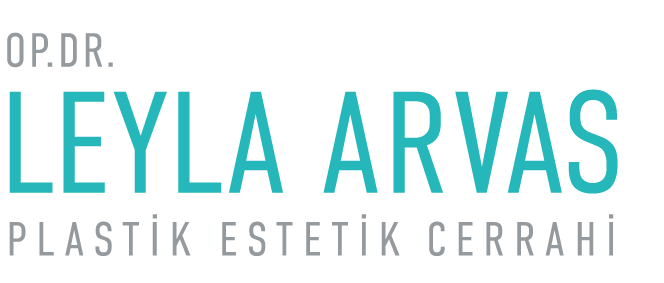
A keloid is a type of scar that can show up in different places on the body, usually gets worse with itching and pain, and leaves behind strange scars whose exact cause is not known. It shows up as crusting and scarring that happens out of control when the skin tries to heal itself after a condition that makes the skin’s integrity weak. “Hypertrophic scar” is another name for keloid. Even though keloid looks bad, it is actually a sign that a wound is healing. Wounds heal through the formation of fibrous tissue. If keloids aren’t treated and are left to their own devices, they can cause a number of physical, social, and mental problems.
Keloid grows slowly over the edges of the wound and gets thicker as it grows. During its occurrence, the patient may have problems like pain or itching. At times, keloids may resolve spontaneously over a period of time.Even though people with darker skin are more likely to have it, it is not easy to treat and is likely to come back. If you want to get rid of keloids for good, you can also choose to use more than one treatment method at the same time.
What Causes Keloid Scars?
If you have to explain why keloids happen, one of the most important reasons is a genetic predisposition. Keloid formation can also be caused by problems with the hormone system or by things like pregnancy. Most of the time, people with dark skin are more likely to get keloids than people with light skin. People with diseases like high blood pressure, people of Asian or Latino descent, and people younger than 30 are more likely to get keloids. It can happen after diseases like chickenpox, burns, skin injuries, bug bites, acne, and acne. It can also happen after procedures like ear piercing, tattooing, and keloid problem. Conditions like keloid formation of unknown cause can sometimes happen for no clear reason.
Which Parts Of The Body Keloid Can Be Seen?
The scalp, nape, ears, chin, shoulders, and back are common places where keloids can happen. Keloid problems can also be seen on the front of the chest and on the legs. People with dark skin are much more likely to get keloid growths. Most keloids happen between the ages of 10 and 30. Hereditary features are also important in keloid formation, people with keloid problems in their first-degree relatives are more likely to encounter keloid formation in their bodies.
How To Diagnose Keloids?
The patient’s current complaint gives the doctor enough information to tell if it’s a keloid or something else. Keloids can be found without having to do a tissue culture or a biopsy. They usually look like an irregular, pink, or dark-colored bump with a hard, rough layer of fibrous tissue and an elastic shape. exists.
How To Treat Keloid Scars?
Even though there are different ways to treat keloids, it is very important to first figure out what caused them to form and get the right diagnosis. The treatment plan is then carried out by combining one or more treatment methods. Cryotherapy, which is a treatment that freezes the skin with liquid nitrogen, is an effective and well-received way to treat keloids. It is also one of the most popular ways to treat keloids. When used together with cortisone injections into the inner part of the keloid, it works better and faster to get rid of the keloid. Some types of keloids can be gotten rid of or their appearance can be lessened by using massage and pressure, among other things. Some of the drugs used to treat keloids are cortisone creams, ointments with silicone, and moisturizing pomades.
Intralesional injection therapy is another method that is often used to treat keloids. With this method, cortisone or other drugs with healing properties are injected into the keloid. This flattens out the tissue, heals the scar, and makes it look like normal skin tissue. Using surgery to remove keloids is not the best way to treat them, because the keloids may come back in the same place after a while.
High-dose rays can be used in radiation therapy to treat keloids, but since radiation therapy has some bad side effects, it is not used as a first choice except for stubborn keloids that don’t respond to other treatments.
Fraxel Dual Laser

Using the Fraxel Dual Laser device to treat keloids is another way to treat them that has a high success rate. The Fraxel Dual Laser device has been approved by the FDA and is made using cutting-edge technology. It helps the scarred area heal by causing the skin tissue with keloid problems to make more collagen. When cortisone injection therapy and Fractional Laser are used together, there is a higher chance of success in getting rid of scars that don’t go away. After each session, keloids look much less bad. The number of sessions and how long they last depends on how big the problem is. Taking an average of three weeks off between Fractional Dual Laser sessions for keloid treatment is thought to be a good idea for how well the treatment works.
Do Keloid Scar Treatments Give Permanent Results?
Keloids can be treated, but it can take a long time because not all keloids respond to the same treatments. In some cases, using more than one method can increase the chance of success, and in other cases, there is no way to know for sure if the treatment will work. Keloids respond well to treatment, but they may come back in the same place or in other places on the body after a while. Even though this is very frustrating for people who need keloid treatment, being patient during the treatment process and always doing what the doctor tells you to do will help.
How To Prevent Keloid Formation?
People with keloid formation should use moisturizing creams on cuts and wounds while the wound is healing and after the crust has formed. They should also follow hygiene rules so that the wound doesn’t get infected. Another way to stop keloid formation is to treat acne and pimples that may form on the body and stop them from getting worse. Because tattoos, piercings, and ear piercings are more likely to cause keloids, you should try to avoid them as much as possible.
Hypertrophic & Keloid Scars Treatment Prices In Turkey
To get a clear idea of how much keloid treatment costs, you can come to our clinic and get checked out. Then, based on your doctor’s checkup and evaluation, you’ll be able to figure out your treatment price within the scope of the treatment plan. You can get in touch with us through our phone line, and if you have any other questions about how to treat keloids, our expert team can give you detailed answers. Just getting in touch with our team will be enough to make the treatment plan you need.
